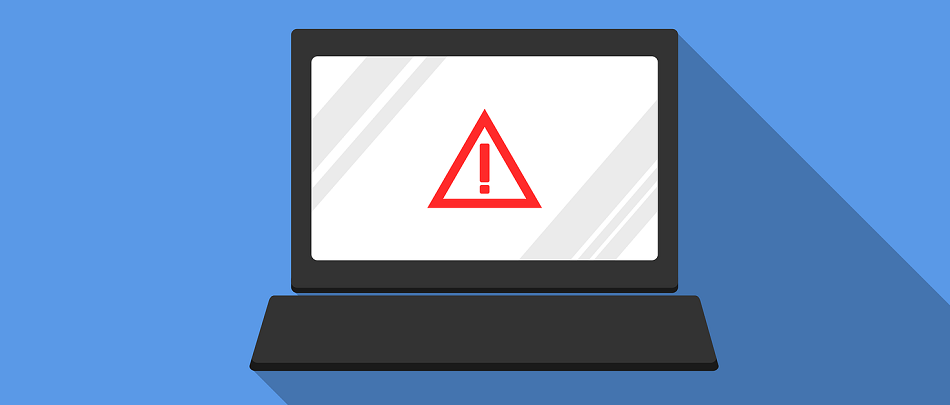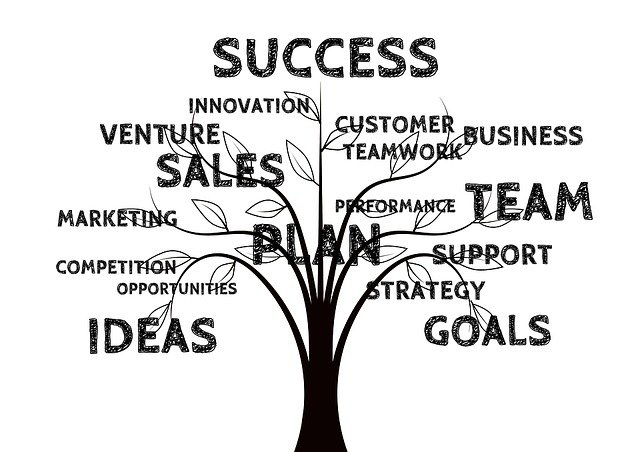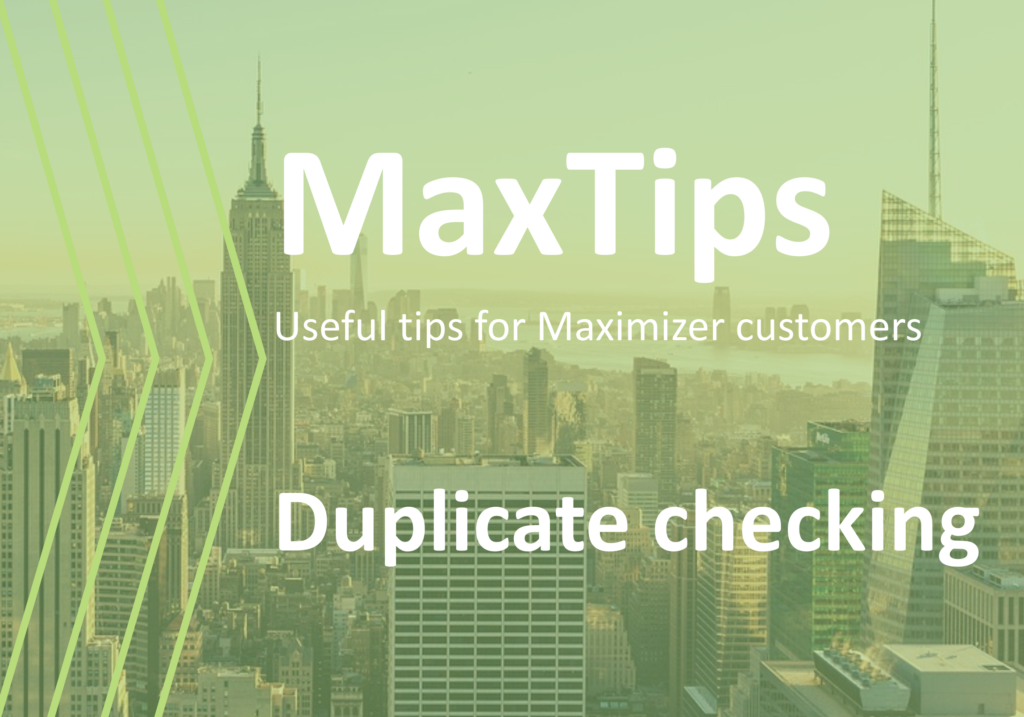5 Ways to prevent a data breach in your CRM system


Modern CRM systems are crucial to the success of an organisation and the CRM data now typically holds every aspect of your business’ information. Sales data, customer data and corporate intelligence are all usually stored in such a database. A data breach to your CRM system could be devastating to your organisation’s reputation and customer trust.
If not properly protected, hackers can exploit this data in a number of ways, including:
- ID and personal information theft
- Fraud
- Bank account compromises
- Corporate/competitive espionage
- Sale of stolen data to a third-party
Generally, when an organisation gets compromised due to a data breach the main concern is that of their stored customers’ financial/ payment details but other customer information can be just as vulnerable. For example, a user’s login name and password may well be the same as, or very similar to, the login to another organisation which a hacker can then use to the user’s detriment. Cyber criminals also often contact people directly and build trust with them in order to try and obtain additional confidential information form them and by hacking an organisation’s database where they are a customer they can use this information to impersonate the organisation. Such identity theft causes organisations to lose one of the most important aspects that helps keep their customers – trust.
Data theft by internal users in an organisation is also a growing concern and can cause great damage to an organisation’s operations. Banks in particular are very vulnerable to such activities and need to have extensive procedures in place to try and prevent such activities. Employees who work on intellectual property projects, departing employees, disgruntled employees, or an employee whose credentials have been compromised by a third-party, can typically access and download CRM data without detection if they have the necessary login rights.
The following guidelines can help protect customer data in a CRM system:
- Effective data encryption systems need to be used to both secure the hosting site (https for the website and encrypting the data) and for the user logins.
- There should be identity and access management systems in place which grant access rights strictly on a needs basis. Employees who no longer have a need for access rights should be removed immediately from the system.
- Additional user authentication layers can be employed to make it harder for any attacker to gain access to confidential information and data.
- Cloud-based CRM systems are more secure if they have IP address range restrictions.
- The audit log function of the CRM system need to be enabled. These are helpful in determining what has happened before and after an event and to limit damage and identify compromised records.
Regular assessments of the effectiveness of the data protection in an organisation should be carried out with the latest technology deployed where possible. Continuous monitoring with alerts and filtering also helps gain visibility into various user actions on a CRM database. Equipping an organisation with the necessary data security skills by providing employee training and using effective data security software helps protect customer data in the CRM system from potential attacks.



